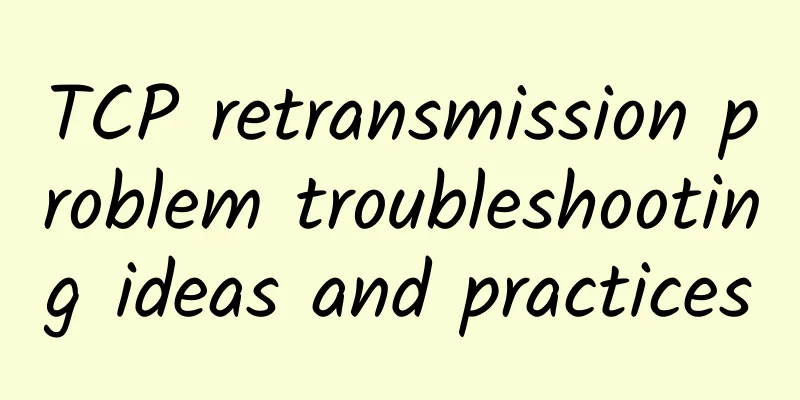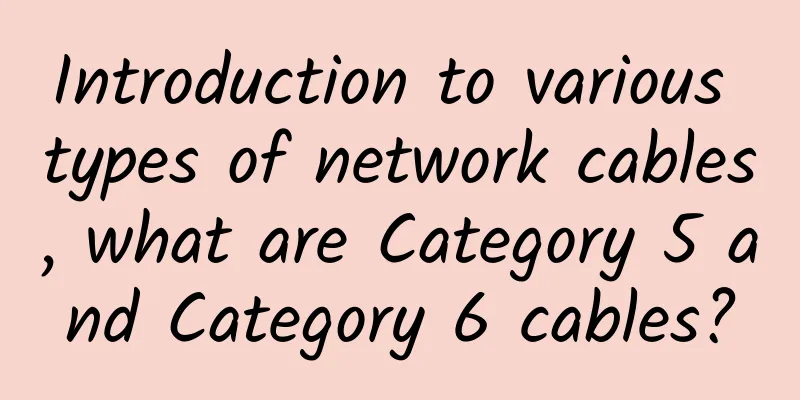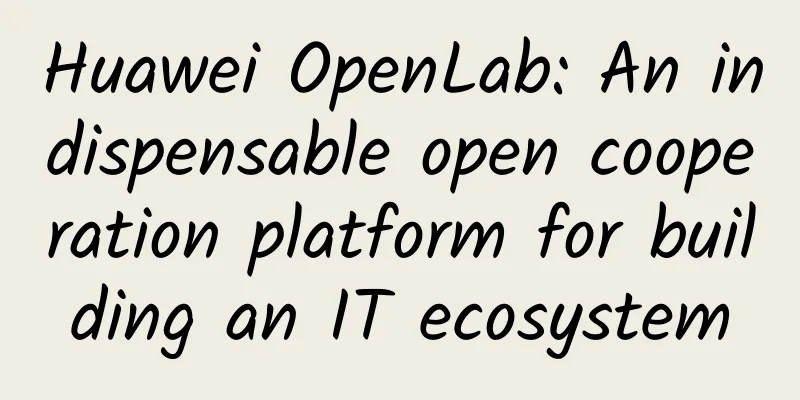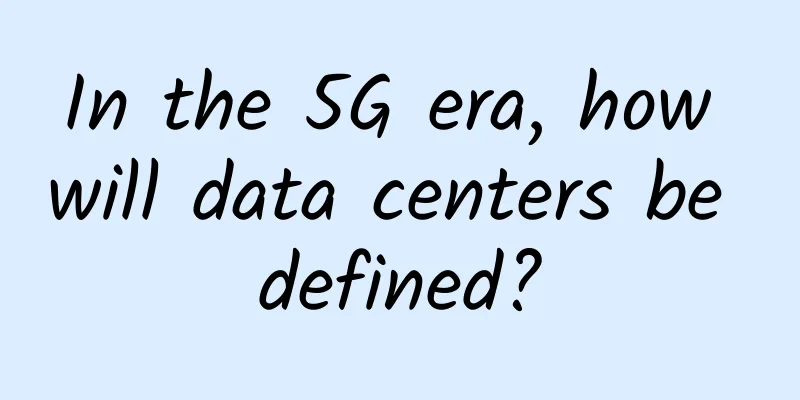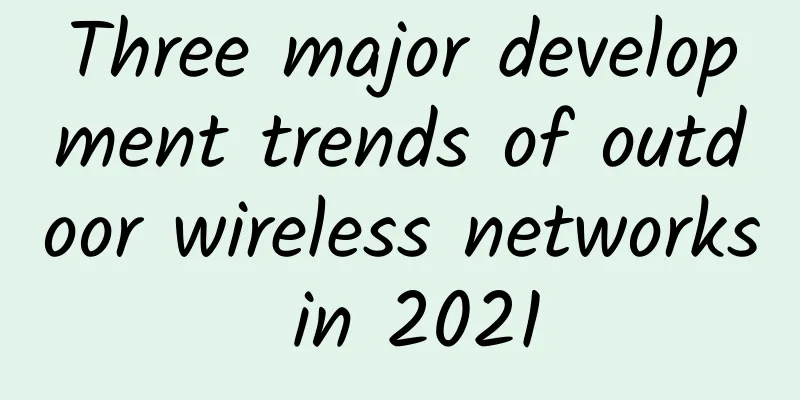In-depth analysis of the operation results of Go Channel in each state
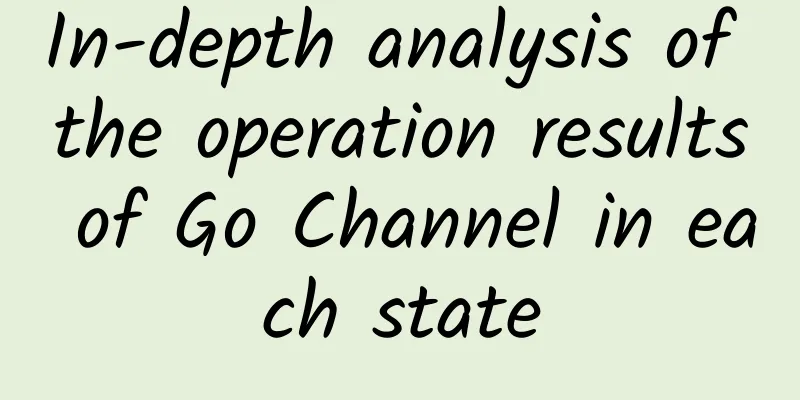
|
Hello everyone, I am Fisherman. Channel is a unique feature of Golang and is often asked in interviews. I believe everyone has seen the following picture, which shows the results of operations on channels in different states. This diagram summarizes it very well. But we can't just memorize these results. We need to understand the underlying principles to understand how these results came about. We will talk about this in three parts. First, the basic usage of channels, which highlights the characteristics of channels. Then we will introduce the underlying data structure of channels. The underlying data structure is built around these characteristics. Finally, we will see how Go implements these characteristics based on the underlying data structure. Basic usage of channelsChannel definition and initializationDefine channels via varA channel variable ch is defined by var, which can receive integer data. Of course, any other data type can also be specified.
Initialize the channel by makingMake can be used to initialize a non-buffered channel and a buffered channel. The difference lies in whether the buffer size is specified in make. As follows: The difference between unbuffered channels and buffered channels can be reflected in both properties and behaviors:
Channel OperationsThere are three operations on channels in golang: sending elements to the channel, receiving elements from the channel, and closing the channel. To summarize:
So, what kind of data structure does the channel use to complete these actions? Channel Data StructureWe first give the underlying data structure of the channel, as follows: According to the above structure definition, the meaning of each field is explained in turn:
Based on the above results, it is easier to understand the points by drawing a graph, as follows: Difference between buffered and unbuffered channelsBy definition, both buffered and unbuffered channels are initialized by make. The difference lies in whether the channel capacity is specified in the make function. From the perspective of the underlying data structure of the channel, the non-buffered channel will not initialize the buf field in the structure. The buffered channel will initialize the buf field. This field points to a memory area. As shown below: Channel sending and receiving processThrough the source code, we have sorted out the flow chart of sending data to the channel and receiving data from the channel. This flow chart includes the sending and receiving processes in both buffered and unbuffered channels, so it looks complicated. But it doesn't matter, we will break down this chart below. From the above process, one thing you need to pay attention to is that no matter when sending or receiving, the corresponding thread is obtained from the waiting queue first. If there is one, it is directly received or sent; if there is no coroutine in the waiting queue, then it is checked whether there is a buffer. This requires extra attention. Operations of each state channelUnbuffered ChannelAccording to the above, the unbuffered channel actually has no buffer in essence. You don't need to specify the capacity of make during initialization. In fact, this is also called synchronous sending and receiving. For a channel in this state, when sending data, if there is a waiting receiving coroutine in the receiving queue, then the data can be sent successfully; otherwise, it enters a blocking state. Vice versa. Its flow chart is the red arrow part in the figure, as follows: To simplify it further:
Then, the above diagram can be simplified as follows: Another thing to note is that for the sending and receiving operations of non-buffer channels, if the sending and receiving are performed in the main function, a deadlock will occur. As follows: Therefore, the main problem with sending and receiving operations on non-buffered channels is that they may cause blocking, unless both the sending and receiving goroutines exist and are in different goroutines. Buffered channelA buffered channel has a buffer in the channel, and both sending and receiving can operate on the buffer. It is also called asynchronous sending and receiving. In the state of a buffered channel, for the sending operation, the state of the buffered channel is divided into two states: full and not full. According to the sending flowchart above, when the buffer is full, it can no longer be sent, and it will enter the waiting queue for sending. At the same time, it is blocked, waiting to be awakened by the receiving coroutine. For receiving operations, the states of buffered channels are divided into two states: buffer empty and not full. Similarly, if the buffer is empty, there is no data to receive, and it will naturally enter the receiving waiting queue. At the same time, it will enter blocking and wait to be awakened by the sending coroutine. Closed channelClosing a channel is done through the **close** function. Essentially, closing a channel means setting the closed field in the channel structure to 1. From the source code, we can see that:
Sending a message to a closed channelSending a message to a closed channel will cause a panic. This is easy to understand, because the channel has been closed to prevent messages from being sent. The following code: Receiving a message from a closed channelWhen receiving messages from a closed channel, the operation is successful. However, the following differences will occur depending on whether there are elements in the channel:
You see, the code is actually very simple. If we disassemble the code, we will see the flowchart on the right. nil channelThe default value of a channel type variable defined in the following way is nil. A nil channel is equivalent to an underlying structure with no channel allocated. The following are the operations and corresponding results captured from the source code. From the source code, we can know:
SummarizeThe channel in golang is used for communication between coroutines. We have derived the results of operations on each state of the channel from the source code level. Finally, let's summarize: Buffer channel:
nil channel:
Closed channels:
|
<<: Encyclopedia | What is structured cabling?
>>: 5G Internet: A High-Speed Alternative to Cable?
Recommend
China Telecom develops 5G slicing technology to help the industry's digital transformation
China Telecom has been making every effort to pop...
What are the most exciting IoT trends for 2018?
The Internet of Things is accelerating its entry ...
CloudCone: SC2 promotional annual payment starting at $32.94/year, free snapshot backup, Los Angeles data center
CloudCone offers several special packages for Val...
Do you turn off your wireless router when you go to bed at night? Don't worry about radiation
A strange theory about wireless routers has appea...
Can 5G, which was boasted 10 years ago, be realized?
5G is on the verge of launch, and the telecommuni...
RabbitMQ communication model publish-subscribe model
Hello everyone, I am Zhibeijun. Today, I will lea...
Qinghai University: Ruijie's "Beauty of Minimalism" Blooms Magnificently on the Smart Campus on the Plateau
At present, the informatization construction of c...
Phicomm N1 (Tiantian Chain) flash YYF voice version
More than 2 years ago, I recorded the process of ...
Why Cisco is making intent-based networking an open platform
The way businesses run their networks has remaine...
Division of wireless AP channels in WLAN
What is a channel? Channel is commonly referred t...
Dalian will continue to deepen cooperation with Huawei in the fields of intelligent manufacturing and service-oriented manufacturing
[51CTO.com original article] On December 22, 2016...
Review of 2020丨Digital economy development has burst into surging momentum
Not long ago, the Fifth Plenary Session of the 19...
Everything You Should Know About Computer Networks for Your Job Interview
"Are you ready for the interview?" &quo...
5G and the Internet of Things: Connecting Millions of Devices
As the number of connected devices continues to g...
10 things to know about MU-MIMO Wi-Fi
Multi-User MIMO allows multiple Wi-Fi devices to ...

